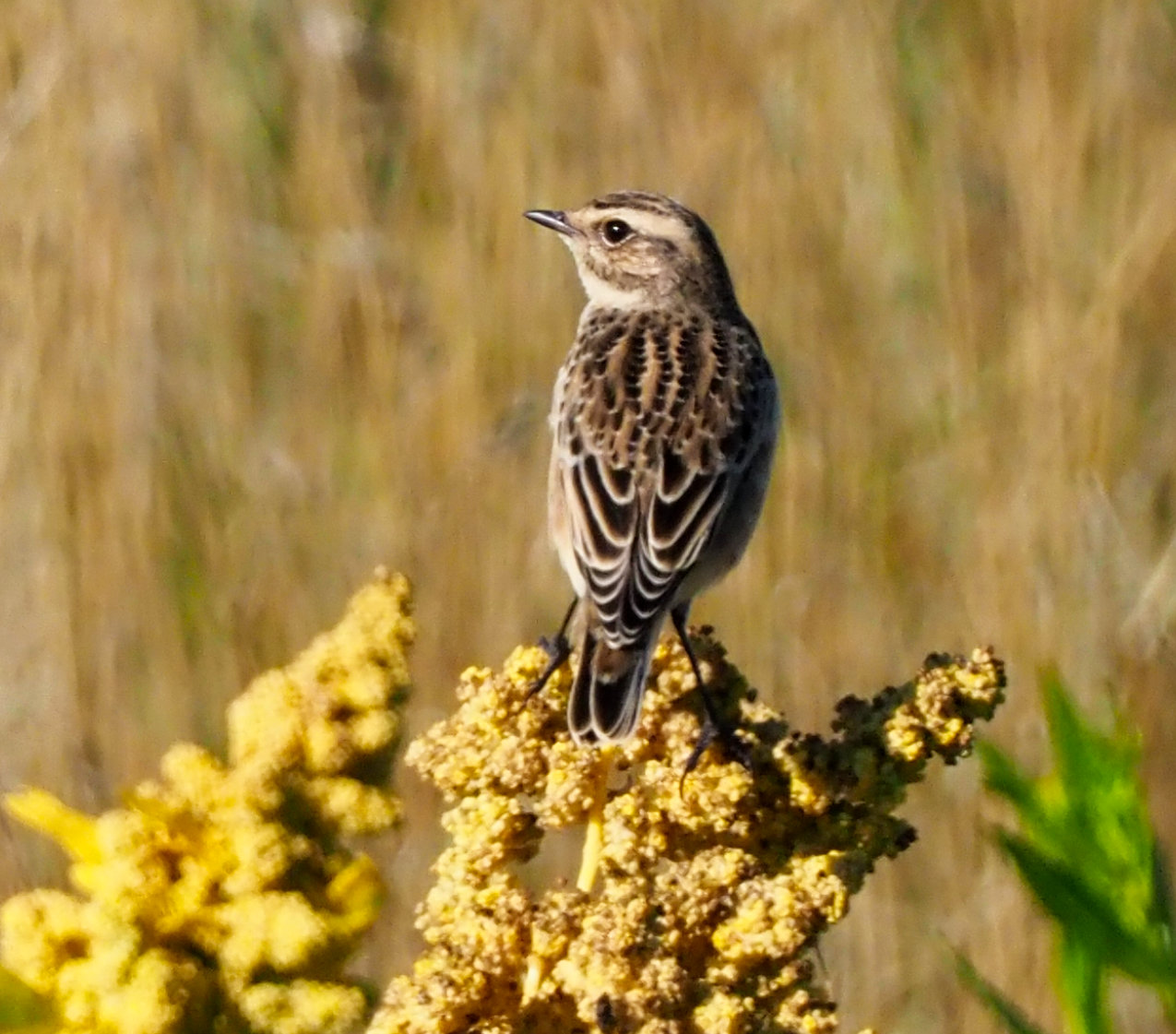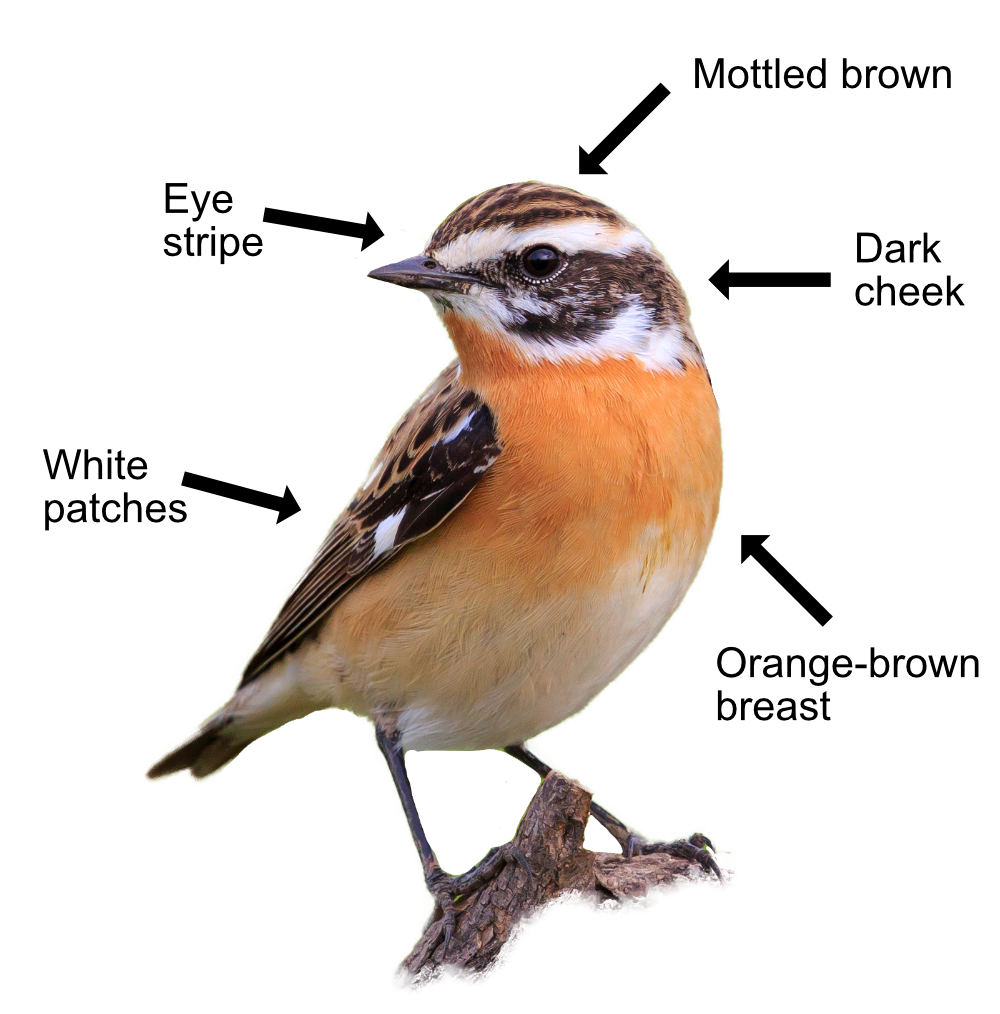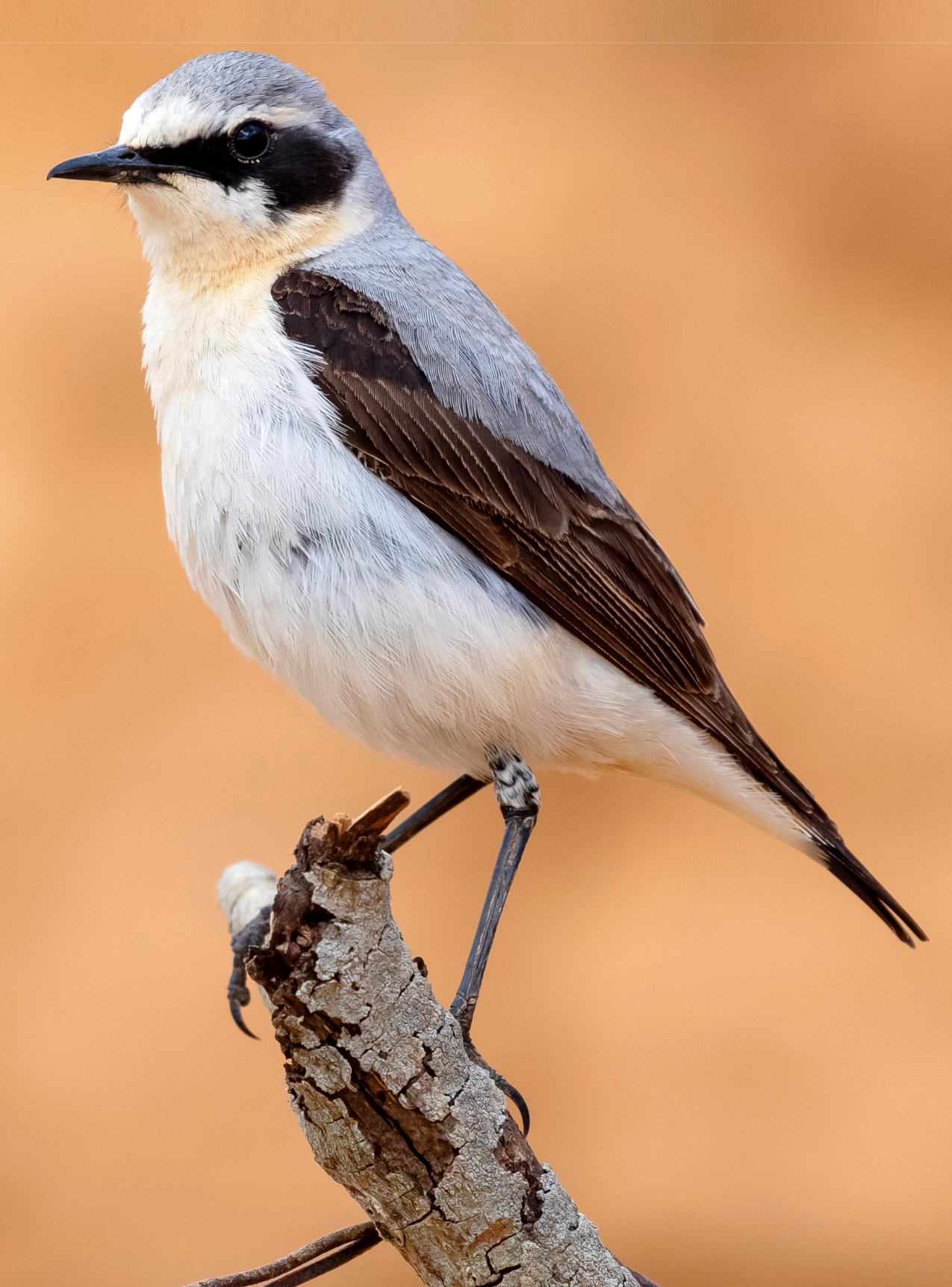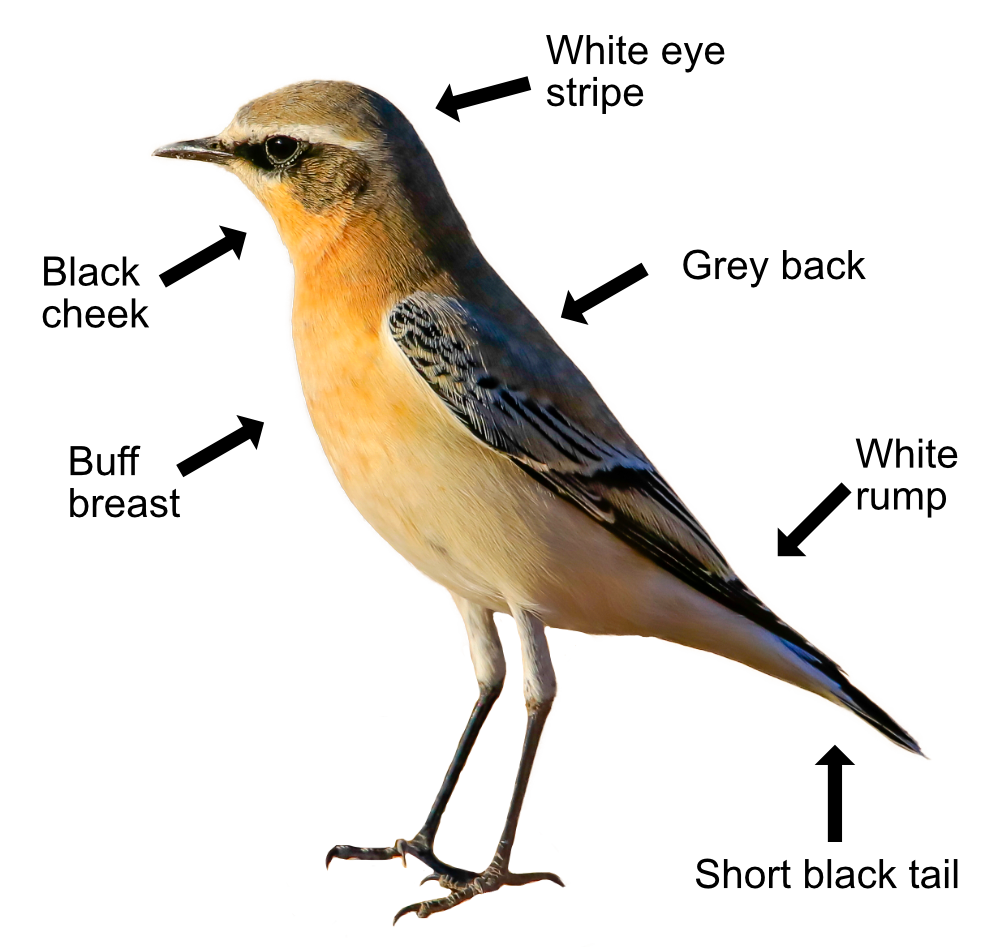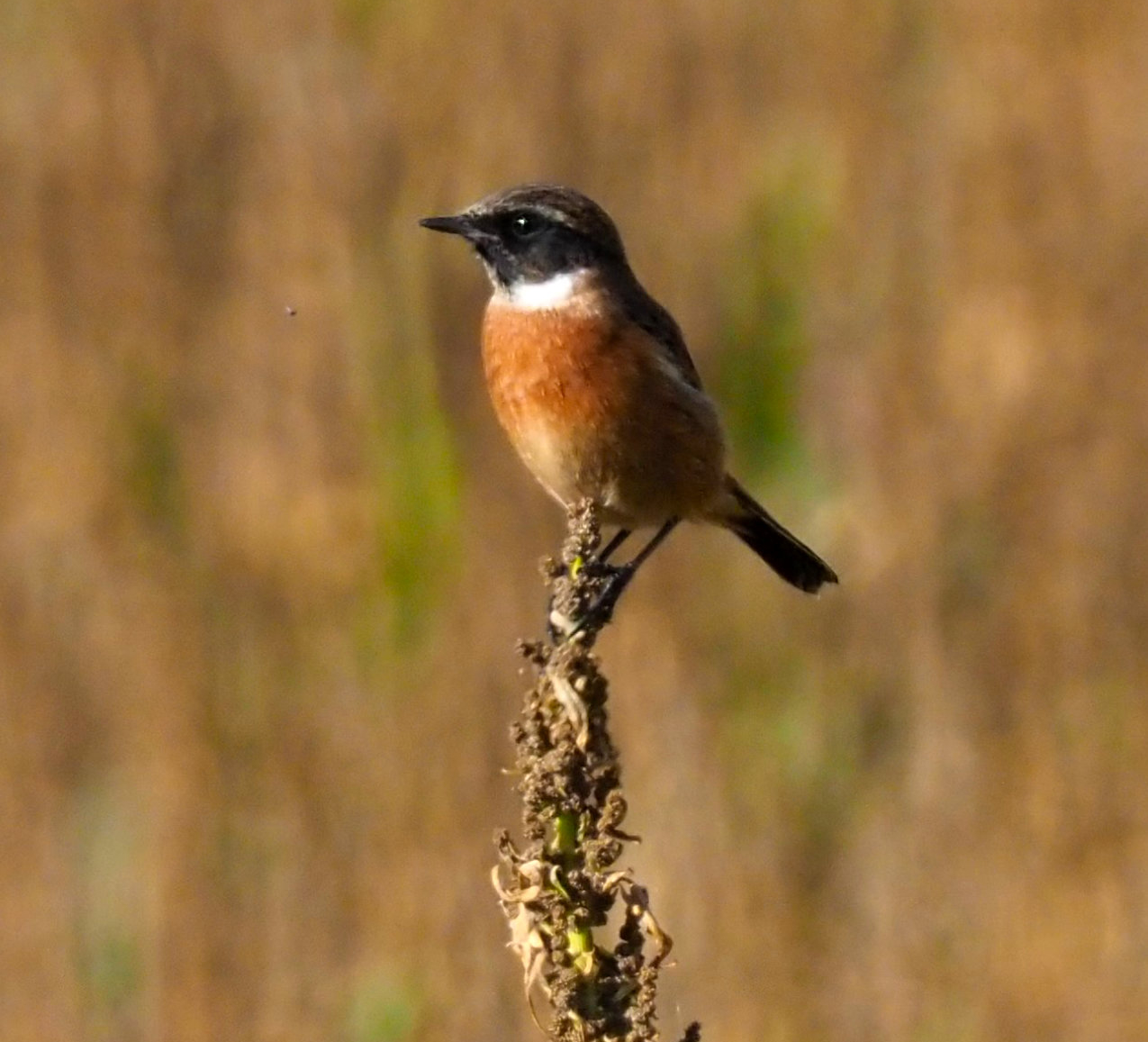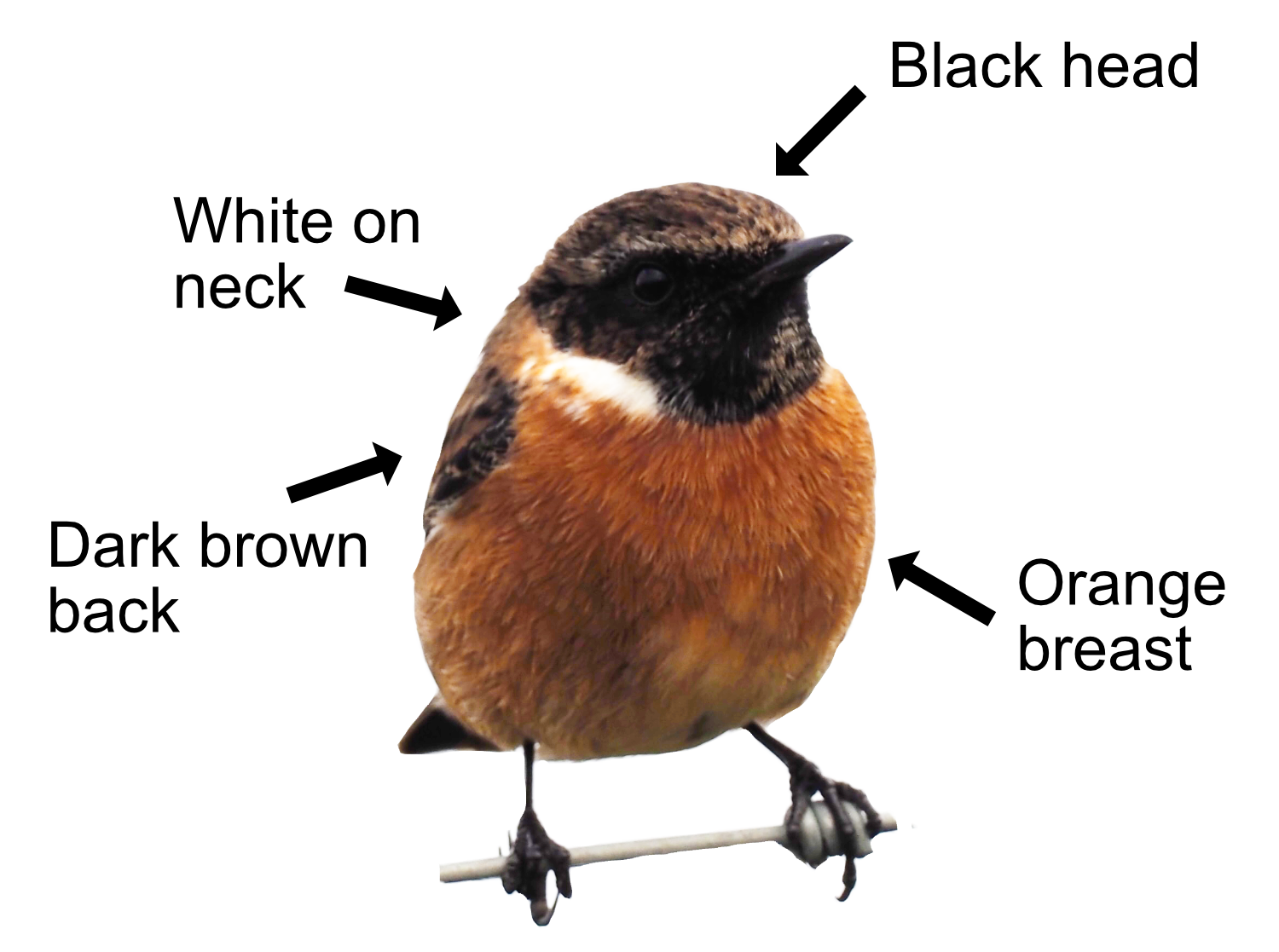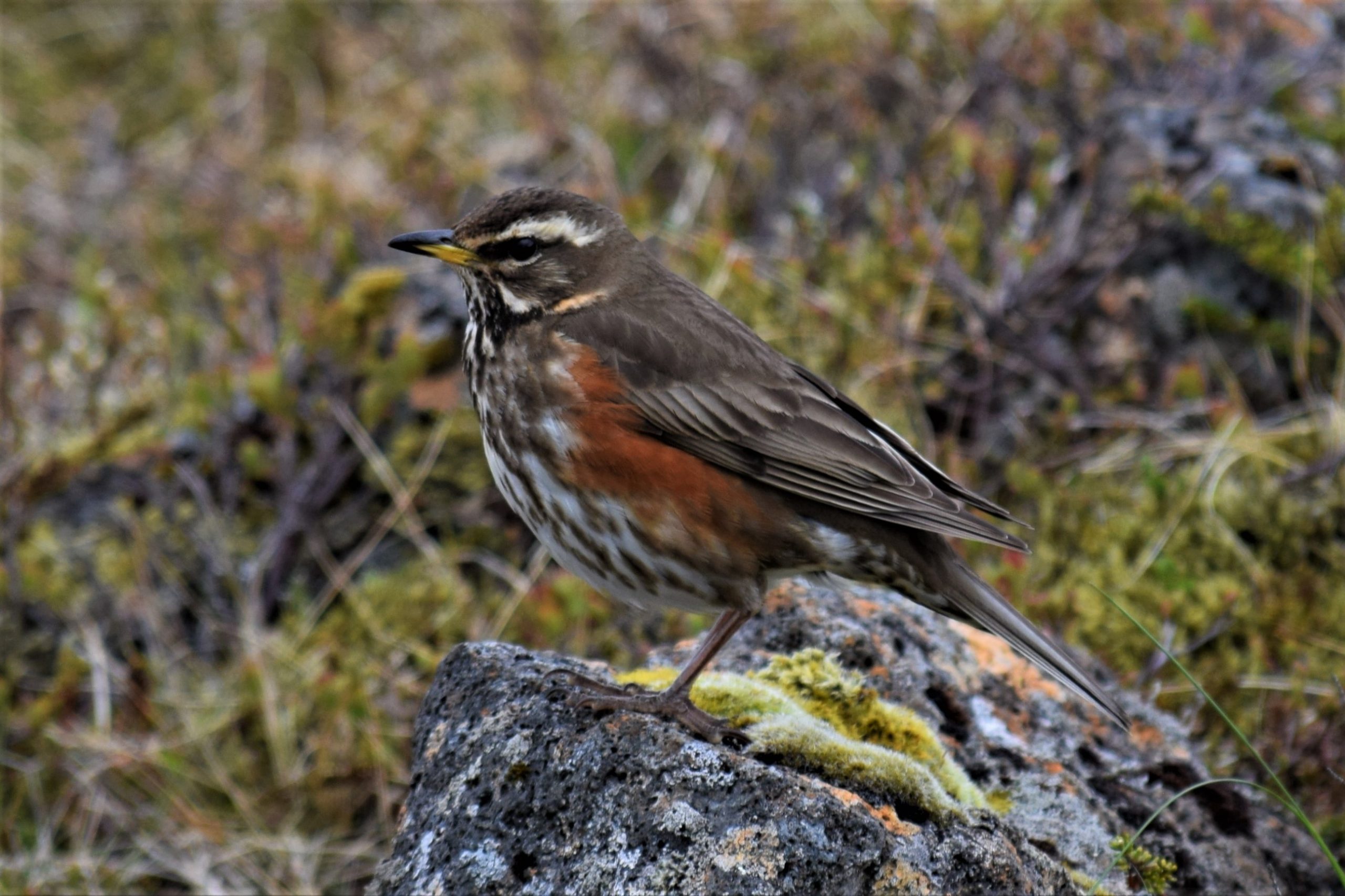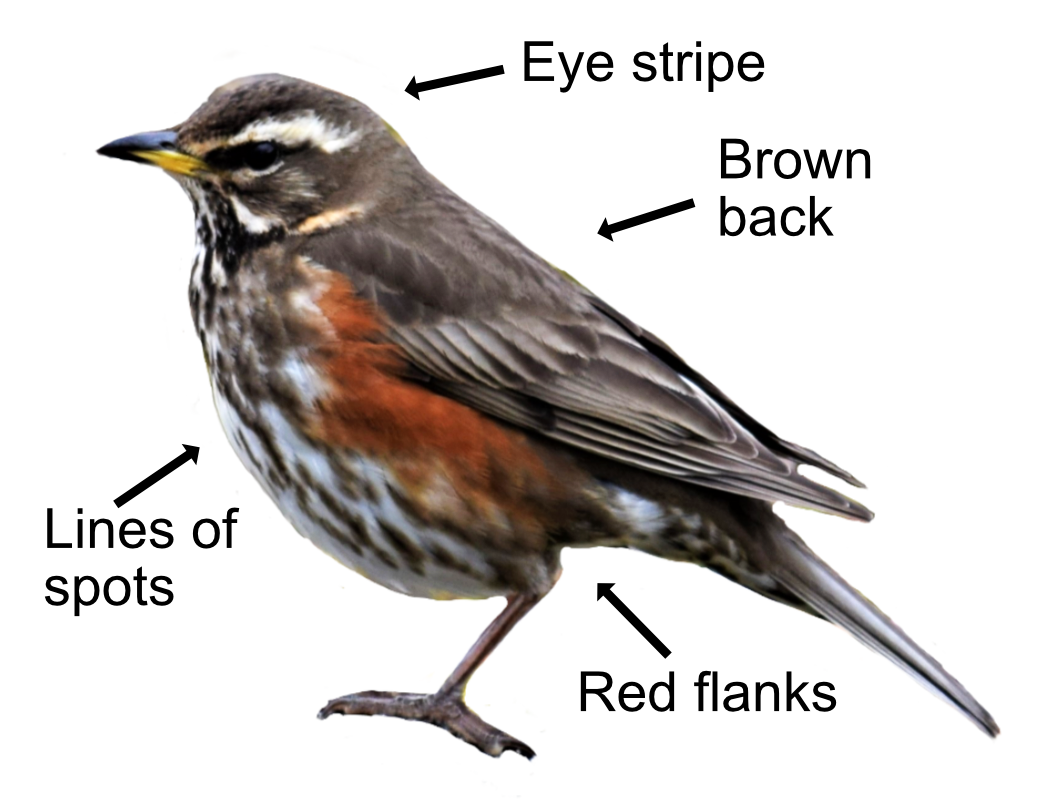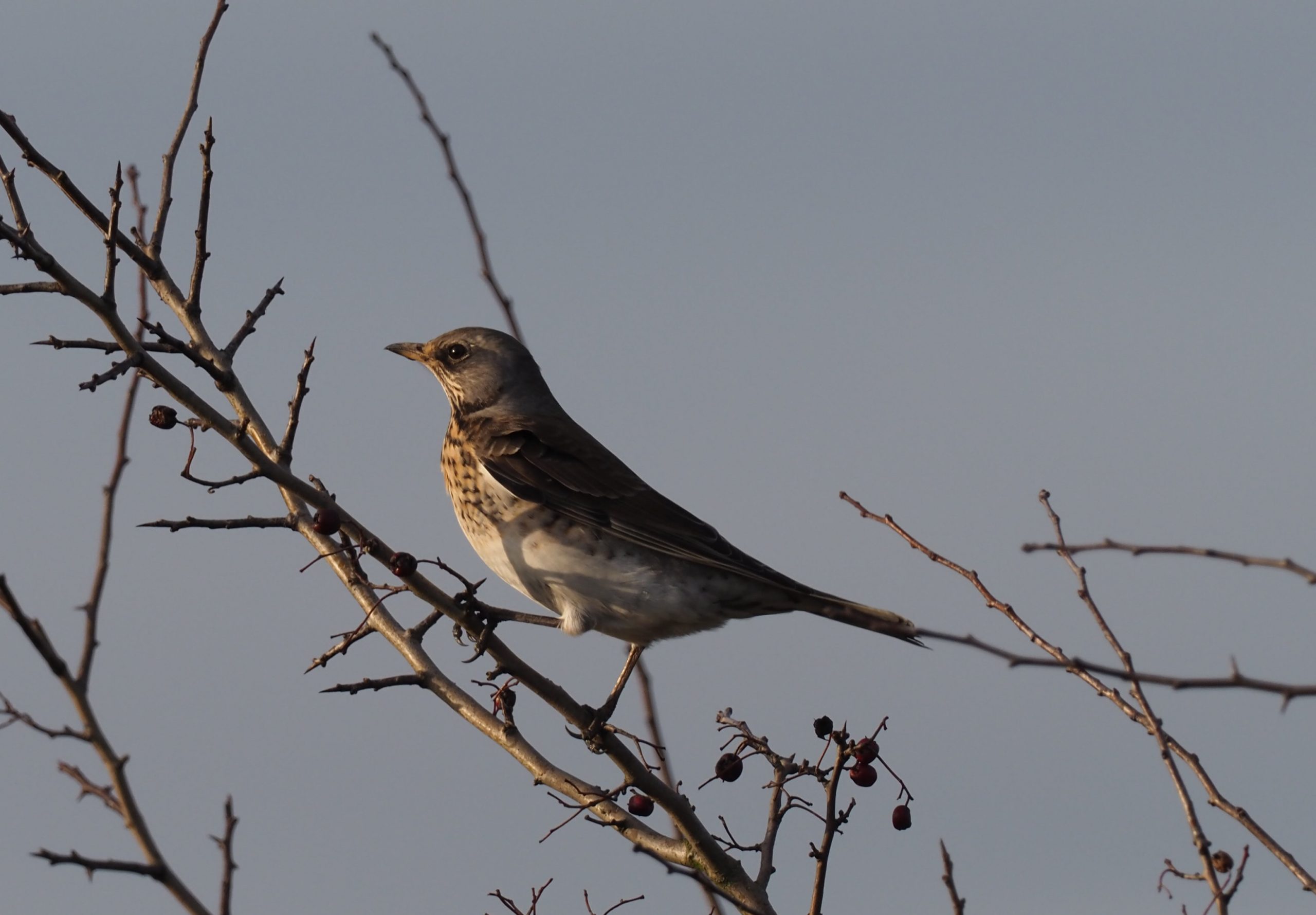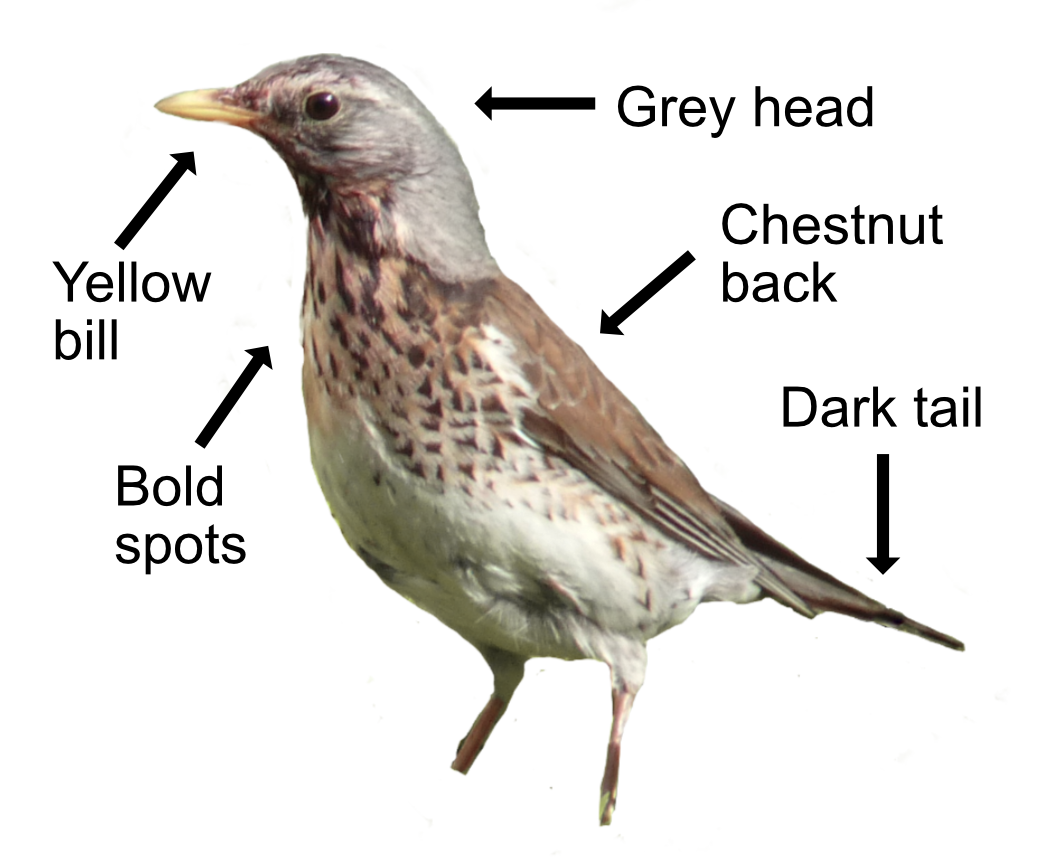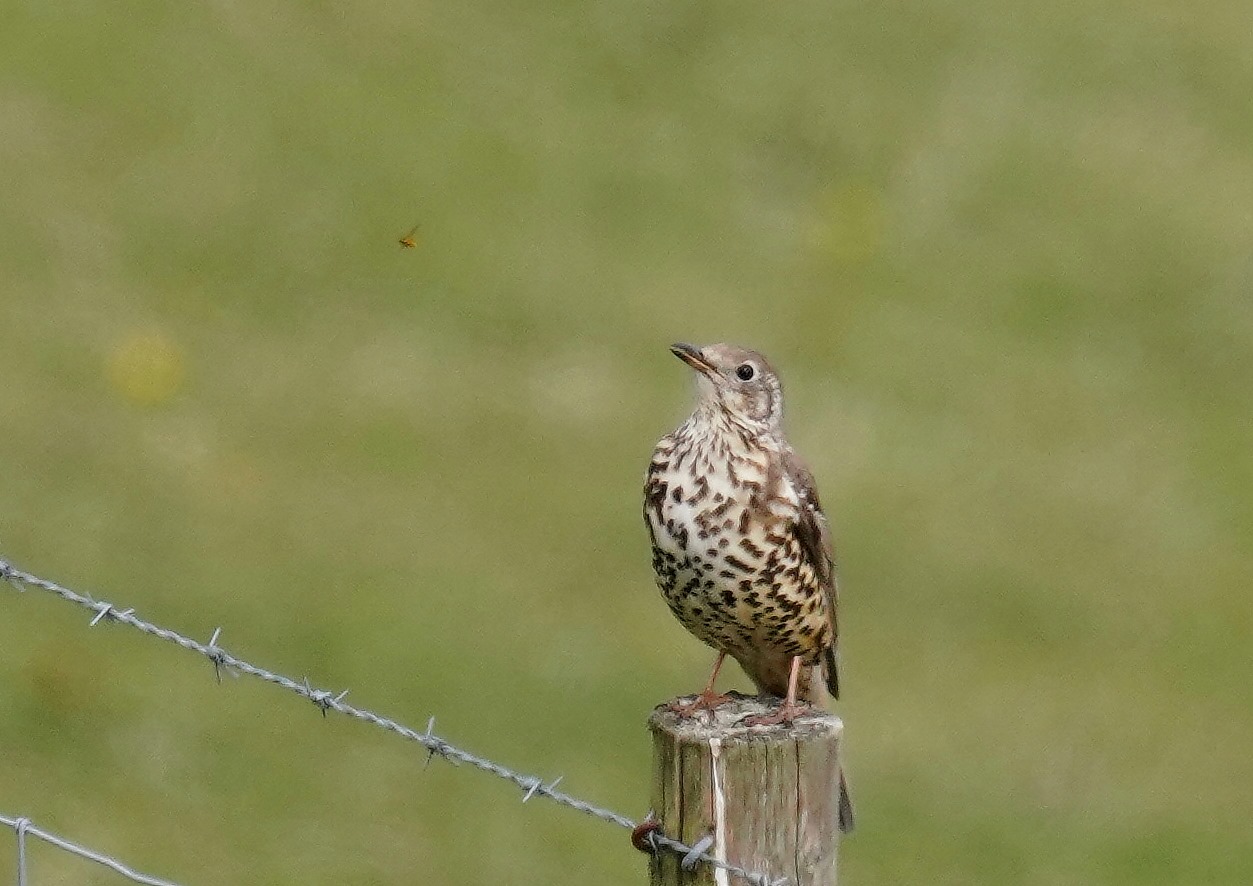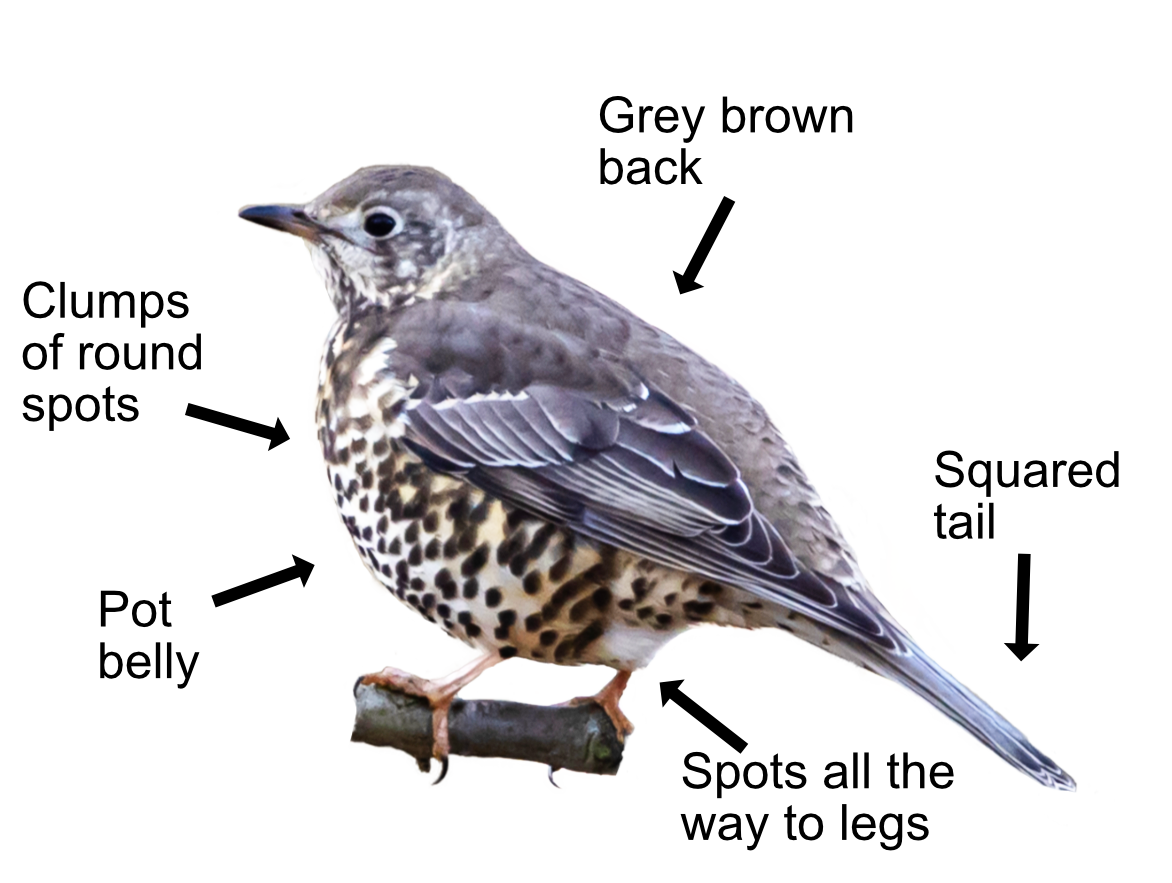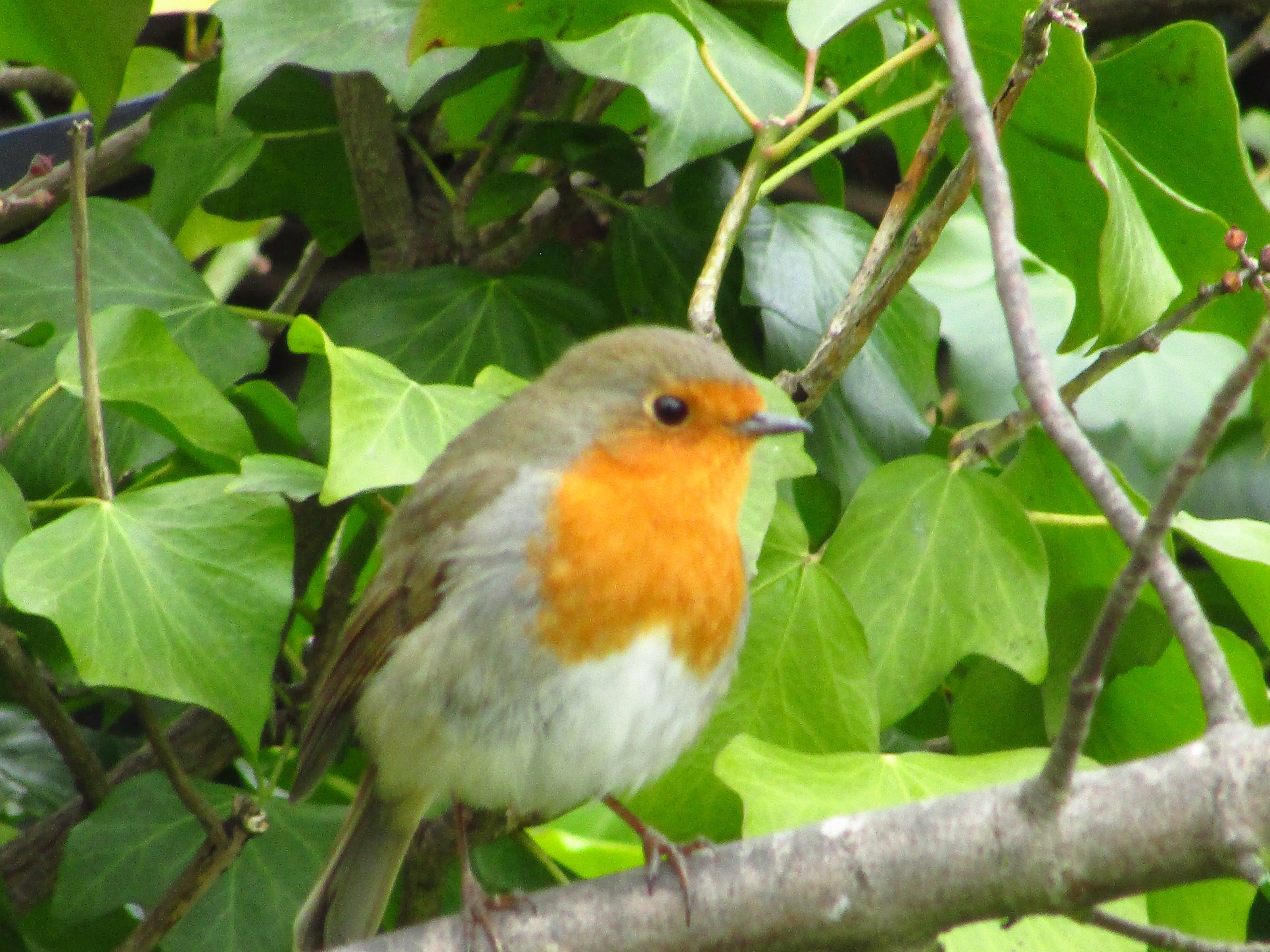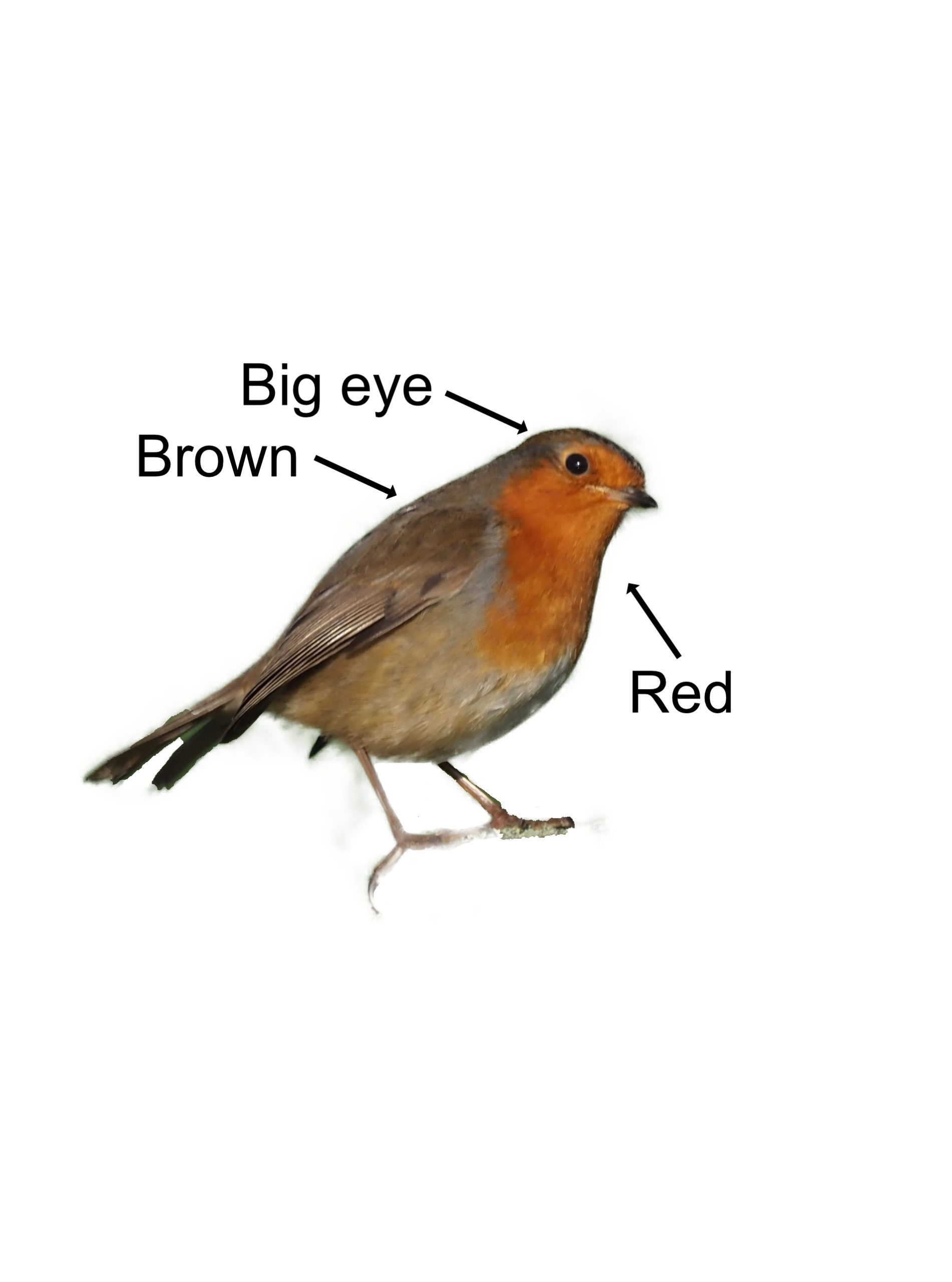
The Nightjar is another bird that, like the Woodcock, is highly camouflaged, looking like a piece of bark. It is a night-time ninja, being most active at dawn and dusk, silently snatching moths from the air. They are summer visitors, arriving in May from Africa and leaving in the autumn. Nightjars are usually seen on the edge of woodland by open ground.
They are cuckoo-like birds with long wings and tails with grey and brown markings which create a bark-like appearance. Nightjars have huge black eyes and short legs. They have barred tail feathers and white stripes on their chin and white spots on their wing tips. The female looks like the male but with less bold markings. When flying, they look hawk-like in silhouette and fly slowly with long glides and few wingbeats. Their call is an unusual and distinctive, long mechanical churring sound.

Nightjars eat a variety of flying insects, including moths, beetles and dragonflies. They hunt their prey in flight, an impressive feat in low light. They are highly adapted with their large eyes on either side of their head (giving them all-round vision) and sensitive bristles around their mouths (helping them snatch insects out of the air). Their falcon-like shape allows them to make rapid twists and turns.
Nightjars nest on the ground in the heathland by woods. The male establishes and defends a territory and attracts a female with his churring call and 'butterfly' display flight. Mum does not build a nest, but lays her two camouflaged eggs directly on the ground. The eggs hatch after 21 days and mum and dad feed the youngsters on insects until they fledge 17 days later. They become independent after a month. Nesting on the ground, Nightjar eggs and the youngsters are especially vulnerable to hedgehogs, weasels, foxes and birds like Magpies, Jays, and Crows. If mum is threatened by a predator, she will feign injury to draw them away from the nest. Adult Nightjars may fall prey to Hen Harriers, Goshawks, and Peregrines.
Habitat destruction led to a major decline in the Nightjar numbers after the Second World War. Better management of forestry plantations and heathlands has enabled a steady rise in numbers. They are Amber Listed, with about 5,000 Nightjars breeding in Britain. Their average life expectancy is 4 years, though the oldest recorded Nightjar lived for 12.
Their Latin name is 'caprimulgus europaeus' where 'caprimulgus' is Latin for 'goatsucker' or 'bug eater' as they are often seen hunting around livestock. The 'europaeus' means 'from Europe'. The English name is believed to come from the Nightjar's nocturnal habits and 'jarring' call. They are also sometimes called 'Nighthawks'.




